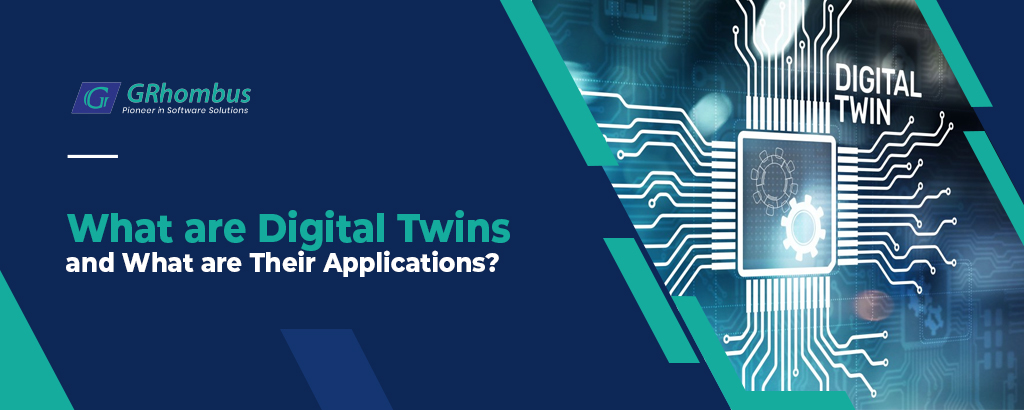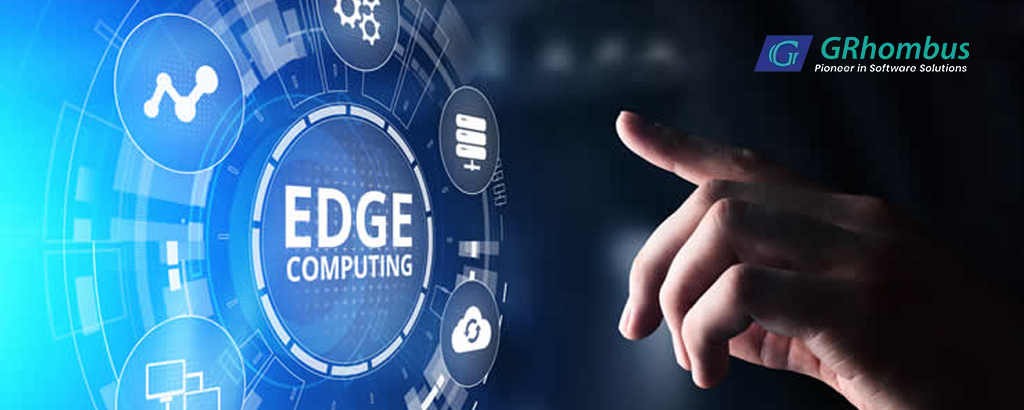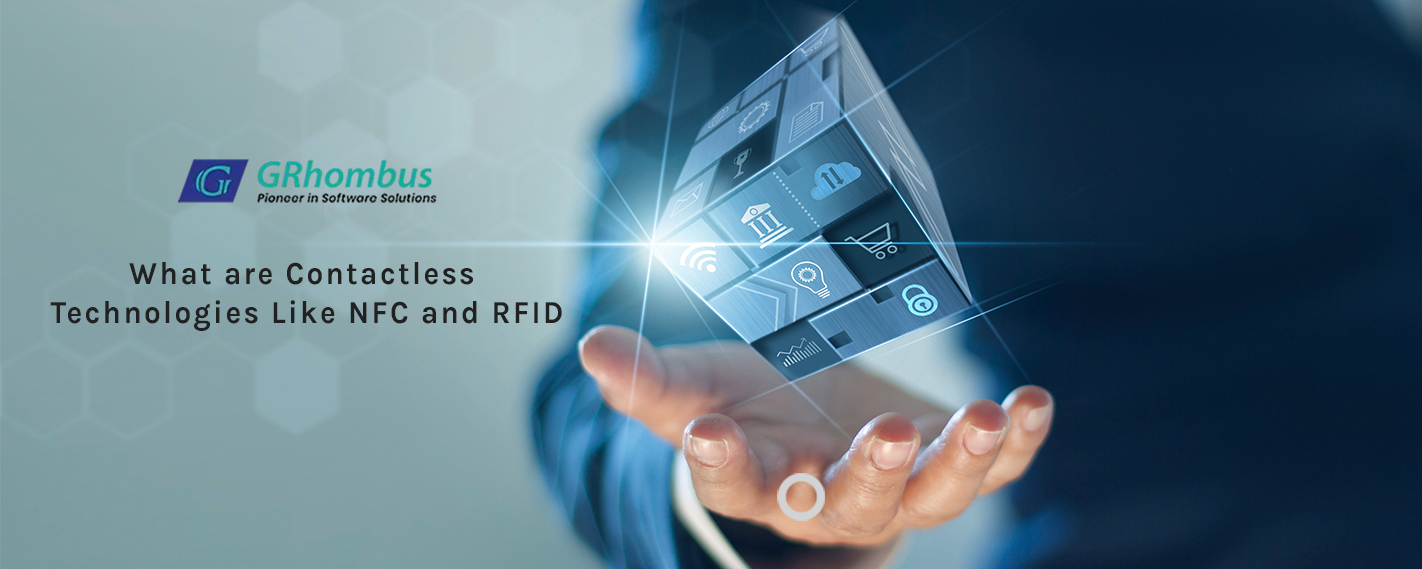Imagine for a moment that you are an engineer standing in front of a real-world steam turbine. We wish to simulate certain parameters or test a new design but are unsure of the outcome. The real-world performance and data will also need to be mapped and we cannot risk creating a new prototype due to the cost and the uncertainty of the result involved. In this kind of challenge, what do we do and how do we solve this challenge?
This is where the concept of a digital twin comes in.
Suppose we had a digital version of the same turbine and are able to feed the data in real time from a normally operating turbine and do our experiments on the digital version, then our learning curve is greatly reduced, and cost and time is saved. Further, risk of damage to infrastructure or anything else is totally eliminated.
What are digital twins?
Digital twins are virtual representations of physical objects, systems, or processes. They are created by combining real-time data from sensors, IoT devices, and other sources with computer-aided design (CAD) models, simulation software, and analytics algorithms. The digital twin can be visualized through user interfaces or augmented reality (AR) applications. This allows users to interact with the virtual representation, monitor real-time data, and perform simulations.
It requires a systematic approach to create a digital twin and the steps involved are:
- Acquiring the data to create a digital twin.
- Deciding on the parameters and values.
- Integrating the data to create a comprehensive view of the physical object.
- Create a model and make it as close as possible to the real-world object.
- Interacting and studying the virtual twin model.
- Updating the model based on real-world data seamlessly and continuously.
Applications of digital twins include in the below areas:
1. Manufacturing
Digital twins are used to optimize manufacturing processes and innovation. By running simulations on virtual twins, product quality can be improved, and downtime reduced. One can also use such models for training purposes and for remote monitoring.
2. Aerospace
Digital twins are used in the aerospace industry for aircraft design and maintenance. Further, based on simulated flight conditions, wear and tear can be studied. By monitoring real-time sensor data from physical assets, digital twins can detect anomalies and predict failures, helping schedule maintenance proactively. This improves uptime and reduces maintenance costs. Engineers and pilots can also be trained using virtual twins.
3. Healthcare
Digital twins are used in healthcare for personalized medicine, patient monitoring, and surgical planning. They help simulate and analyze patient data to improve diagnosis, treatment, and outcomes. A key aspect of a digital twin in healthcare is effective training. One can perform surgeries virtually and have a comprehensive idea of how things will proceed in real life based on a virtual simulation. New procedures can be safely tested and tried.
4. Energy and Utilities
With the use of digital twins, one can optimize the grid and improve overall reliability and transmission performance. Energy distribution can be controlled and checked in simulated scenarios as well.
5. Construction
Digital twins are used in construction for design optimization and project management. They help simulate building performance, monitor construction progress, and plan maintenance activities.
6. Retail
One can enable virtual try-on and personalized recommendations based on virtual twins.
About Grohombus Technologies
GRhombus Technologies is among the leading EdTech companies in UK and cyber security companies in UK. Our insightful work and key implementation expertise have delivered powerful transformations to clients and created enduring value. We also offer test automation services in India and custom software development in USA. We are also well-versed in the Force.com development platform and can undertake key customization and advanced automation functions based on the business needs. For more details, contact us.


